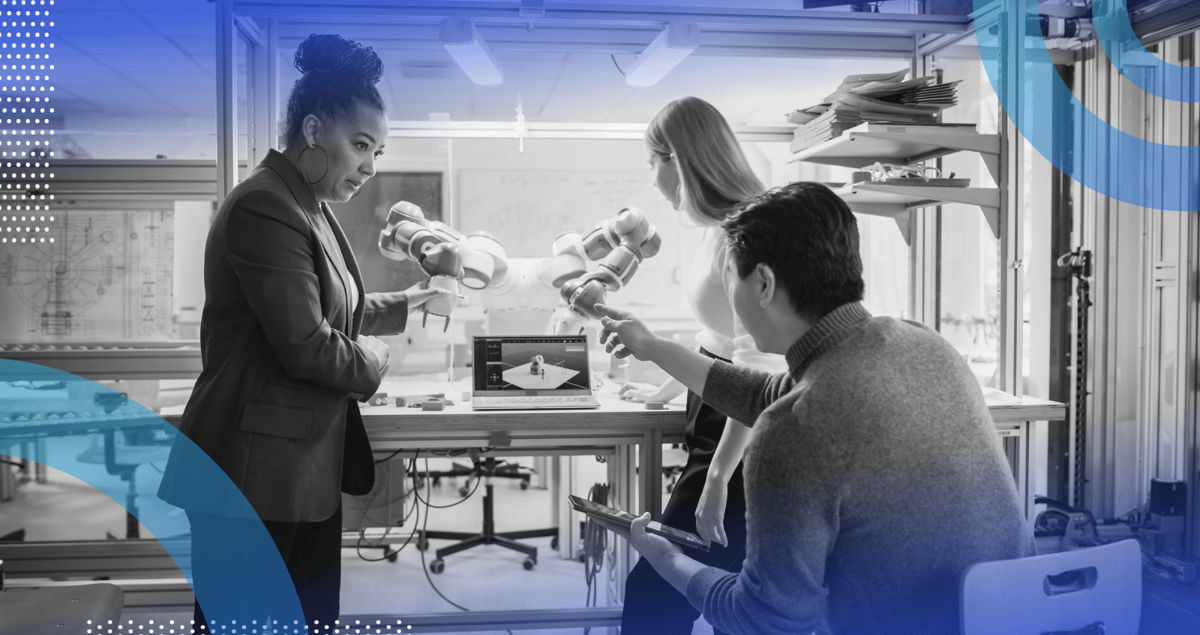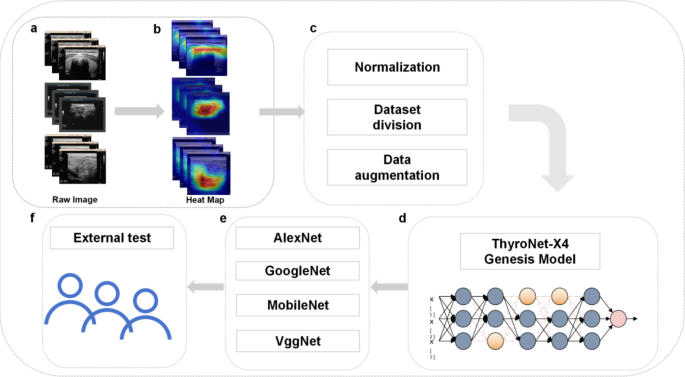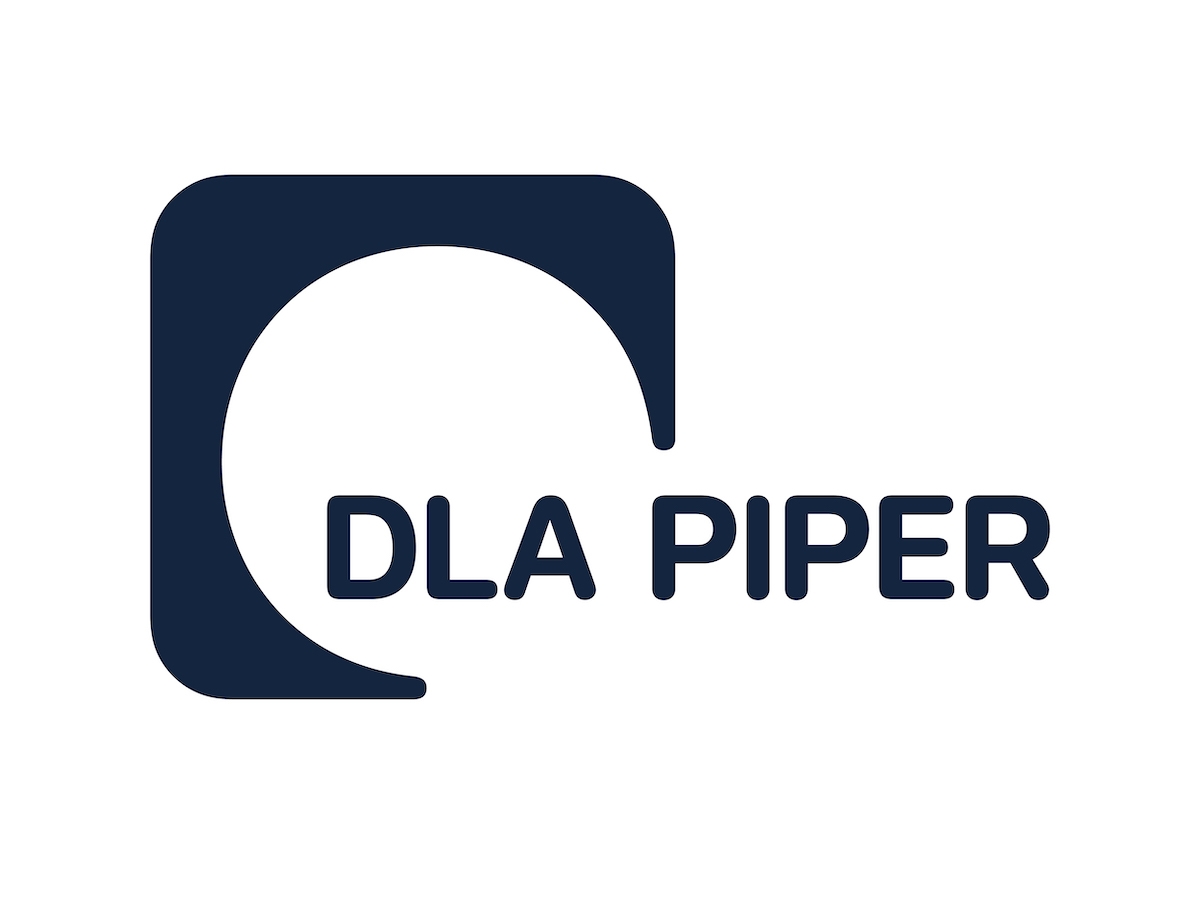Introduction Thyroid nodules are defined as space-occupying lesions within the thyroid gland that can be detected through imaging studies, differentiated from the surrounding thyroid tissue. These nodules can be benign or malignant, and according to recent epidemiological studies, up to 60% of the population have thyroid nodules1, with a malignancy rate of approximately 1–5%2. Further

Can AI and Machine Learning Save DEI? – Built In
As dozens of major organizations, including the United States government, announce their intentions to weaken or dismantle diversity, equity and inclusion (DEI), is it time to modernize the practice of DEI? Like many American historical markers, when it comes to racial, political and social justice issues within the workplace, pro- and anti-DEI groups form sides, pronounce their point of view — and the race to the United States Supreme Court begins for a decision to determine how the country moves forward.
Given the all-or-nothing stance taken to dismantle the practice of DEI by those who support and dismiss it, one wonders why few organizations are presenting modern alternative solutions inclusive of machine learning (ML) and artificial intelligence (AI) for the next generation of employees.
Why hasn’t DEI yet been modernized by machine learning and AI, which have seemingly touched nearly every other sector in the world?
How AI Can Be Trained for DEI
- Employee personas and segments are outputs from one-on-one interviews with a sample of the workforce population.
- Based on their responses, attributes from their interviews are summarized and clustered.
- Using technology to measure how they respond allows the machine to engage in a personalized way because of how it clusters their responses.
- The user response and data trains the machine to distribute the right content to the user and treat their attitudes and behaviors in a personalized way.
As an entrepreneur, thought leader and subject matter expert solving this problem every day with Fortune 500 leaders, I’ve seen firsthand how those on both sides of the DEI issue resist modernization from machine learning and AI. Why? The tension, deeply grounded in racial, ethnic and identity outcomes, run so deep that it clouds senior leaders’ decisions because oftentimes it is rooted in how they personally feel about race, ethnicity and identity.
Here are four ways ML and AI solve for the tensions and can modernize the practice of DEI.
Related ReadingWhat Is Artificial Intelligence?
AI Can Tap the Complexity of Employees
Since their creation, affirmative action, DEI practices and programming have used the U.S. Census Bureau as the source of comparative data. But
Census Bureau data, which focuses on race, ethnicity, age, financial demographics and other top-line qualities, has never captured the multiplicity or pluralism of humans in America.
Creating and designing an algorithm that can capture that multiplicity — employee sentiment, attitudes and behaviors, for instance — form a picture that is far more useful than traditional DEI key performance indicators like race, ethnicity and identity.
Once you have the algorithm, you now have the ability to train a machine.
An algorithm is the gateway to building a machine that adapts and learns how to build more inclusive experiences using behavior science while removing biases throughout the employee lifecycle. For the first time, there are four to five generations of employees in the workplace. This brings a significant amount of complexity in understanding employee barriers and motivations.
AI Can Capture Data on Attitudes and Behaviors
Most organizations know more about their customers than their employees because they’ve invested in data and technology systems. Training a machine to learn how to build more inclusive experiences using behavior science requires a lot of data.
Needless to say, if your data pool is only Census-based, it is not enough because it is limited by racial, ethnic and identity data. It does not account for attitudes and behaviors, so it does not accurately reflect your employees.
A modern way to resolve the data gap is to build employee personas and segments. Here’s how it could work:
- Employee personas and segments are outputs from 1-on-1 interviews with a sample of the workforce population.
- Based on their responses, attributes from their interviews are summarized and clustered.
- Using technology to measure how they respond allows the machine to engage in a personalized way because of how it clusters their responses.
- The user response and data trains the machine to distribute the right content to the user and treat their attitudes and behaviors in a personalized way.
AI Can Close Bias Gaps
The original intent of DEI was to take corporate America from a segregated workforce that lacked scale and sustainability to a diverse workforce that was scalable, sustainable and better for the company’s growth and financial results.
While DEI as we know it might not have been able to accomplish that, modernized DEI just might. Why? Machine learning and AI, equipped with personas and segments, has the ability to capture and reconcile more than 1,200 user data points.
For instance, using personas and developing segmentations with machine learning and artificial intelligence, learning and user generated content is personalized based on a cluster of attitudes, behaviors and how the user responds. Whereas, race and ethnicity based identity programs sometimes leave room for biases. With a machine that learns about the users attitudes and behaviors, biases are removed.
Using technology tools to capture addressable employee data and defined variables to measure that go beyond race, ethnicity and identity means a more personalized employee experience, which leads to higher engagement, which means higher employee retention and rewards.
That said, getting to a position of implementing AI into any workplace technology ecosystem requires a heavy lift and not a flip of the switch. The benefits far outweigh the costs.
Related Reading 4 Reasons Tech Is Failing at DEI
The Time to Update Workplace Tech Is Now
Let’s have an honest and transparent conversation about why workplace technology systems are two to three generations behind the marketplace technology systems.
For decades, organizations have invested more in their customers than their employees. That’s both backwards and upside down. The No. 1 indicator of whether an organization wins in the marketplace are its people. Not investing at the pace of change usually opens the door for a competitor that does invest the time and money in making that change.
At the end of the day, arguing about whether DEI should stay or go is an act of punting a decision of whether or not to modernize workplace systems and institute change that truly reflects the talent pool in all its glorious multiplicity.



